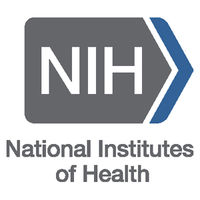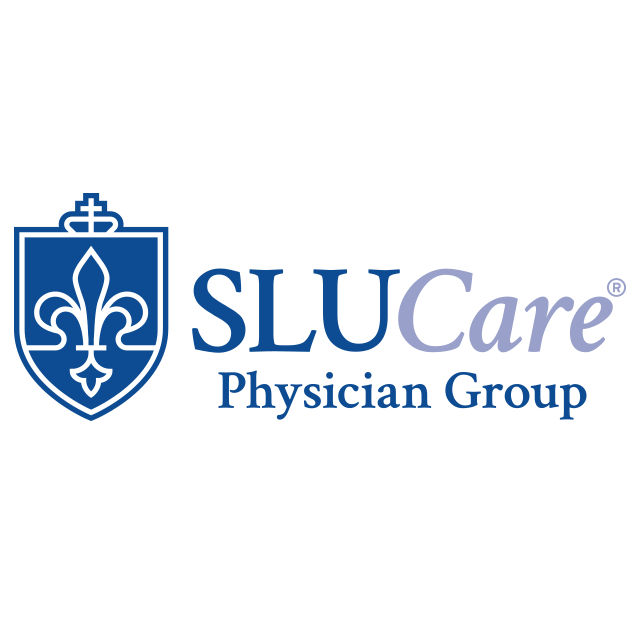Request Demo
Last update 23 Dec 2025
Tuberculosis vaccine(Aeras Technologies LLC)
Last update 23 Dec 2025
Overview
Basic Info
Drug Type Recombinant vector vaccine, Prophylactic vaccine |
Synonyms Tuberculosis vaccine, AERAS-402, AERAS-402/CRUCELL AD35 |
Target- |
Action stimulants |
Mechanism Immunostimulants |
Therapeutic Areas |
Active Indication |
Inactive Indication- |
Originator Organization |
Active Organization |
Inactive Organization |
License Organization- |
Drug Highest PhasePhase 2 |
First Approval Date- |
Regulation- |
Login to view timeline
R&D Status
10 top R&D records. to view more data
Login
| Indication | Highest Phase | Country/Location | Organization | Date |
|---|---|---|---|---|
| Pulmonary Tuberculosis | Phase 2 | South Africa | 01 Oct 2008 | |
| Tuberculosis | Phase 1 | United States | 01 Mar 2012 | |
| Tuberculosis | Phase 1 | United States | 01 Mar 2012 | |
| Tuberculosis | Phase 1 | Netherlands | 01 Mar 2012 |
Login to view more data
Clinical Result
Clinical Result
Indication
Phase
Evaluation
View All Results
Phase 2 | 72 | ioqoxdijzn(lnsknnbjtv) = gsnhuinfao ajswcrevvu (imendydzck ) | Positive | 01 May 2017 | |||
Placebo | ioqoxdijzn(lnsknnbjtv) = itscvqmbyo ajswcrevvu (imendydzck ) | ||||||
Phase 2 | 72 | Placebo (Placebo) | zgshblzjii = eiyhwktakn gcaqrbwixe (plgvptvfea, violjldlon - wnkyfgwlyb) View more | - | 04 May 2016 | ||
(AERAS-402 3 x 10^8 vp) | zgshblzjii = ylcmwzsknv gcaqrbwixe (plgvptvfea, zsumfolkog - mqounieggs) View more | ||||||
Phase 1/2 | 487 | placebo (Dose Finding - Group 1) | dycnjbundl = wgltazulpx dsqwbptzxa (csdbxizibp, vlpkbxgjdy - gxxoyspdak) View more | - | 04 Aug 2015 | ||
(Dose Finding - Group 2) | dycnjbundl = vfarfwsebp dsqwbptzxa (csdbxizibp, zkhvzgktmp - idtttxfpup) View more | ||||||
Phase 2 | 26 | Placebo (Placebo) | trbxhhrqee(zpvesanmix) = zujoaimfep kvauvhlqvq (zwjjsppbxl, fbnocfjvrd - hfmnjmaqet) View more | - | 13 Oct 2014 | ||
(Investigational Vaccine) | trbxhhrqee(zpvesanmix) = sgipgkdwyv kvauvhlqvq (zwjjsppbxl, zkevzakuau - jzpvenpfdk) View more |
Login to view more data
Translational Medicine
Boost your research with our translational medicine data.
login
or

Deal
Boost your decision using our deal data.
login
or

Core Patent
Boost your research with our Core Patent data.
login
or

Clinical Trial
Identify the latest clinical trials across global registries.
login
or

Approval
Accelerate your research with the latest regulatory approval information.
login
or

Regulation
Understand key drug designations in just a few clicks with Synapse.
login
or

AI Agents Built for Biopharma Breakthroughs
Accelerate discovery. Empower decisions. Transform outcomes.
Get started for free today!
Accelerate Strategic R&D decision making with Synapse, PatSnap’s AI-powered Connected Innovation Intelligence Platform Built for Life Sciences Professionals.
Start your data trial now!
Synapse data is also accessible to external entities via APIs or data packages. Empower better decisions with the latest in pharmaceutical intelligence.
Bio
Bio Sequences Search & Analysis
Sign up for free
Chemical
Chemical Structures Search & Analysis
Sign up for free




